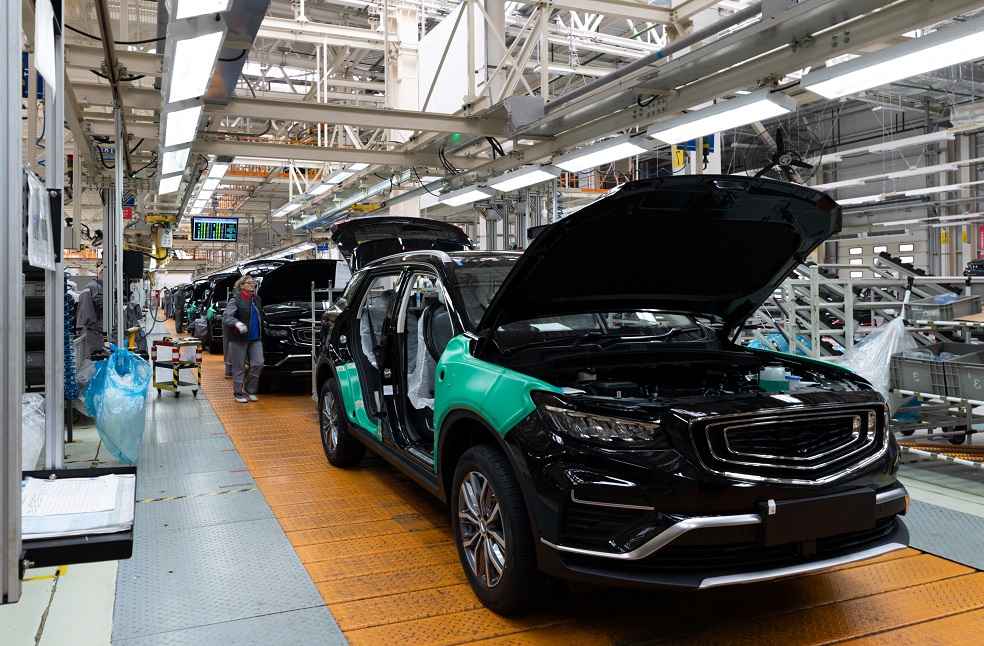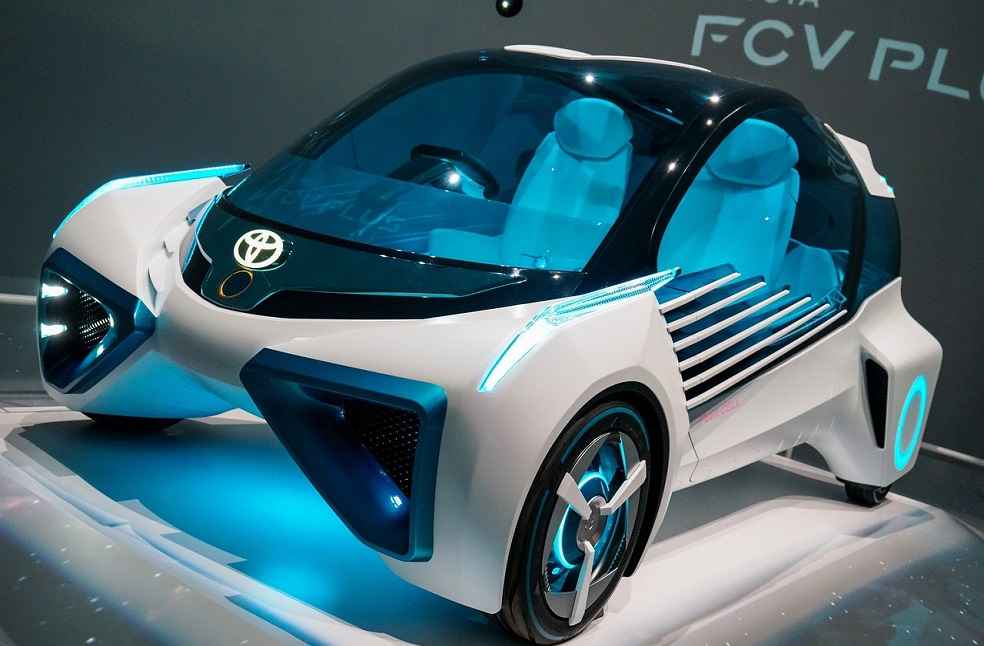China’s automobile industry is experiencing a significant boom in exports, including new energy vehicles (NEVs), positioning the nation as a burgeoning powerhouse in the global automotive market. This surge has caught the attention of international markets, including the U.S., which is considering policy restrictions in response.
The China Association of Automobile Manufacturers (CAAM) reports a remarkable increase in vehicle exports, with figures exceeding 2 million units in 2021, a year-on-year growth of 103%. This momentum continued into 2022 and 2023, with exports reaching 3.3212 million and 4.91 million units respectively, the latter marking a 57.9% increase from the previous year and surpassing Japan’s export volume.

IN SHORT
- Reason 1: Affordable Cars: Emerging economies love them (Mexico, Thailand saw huge jumps in 2023).
- Reason 2: Filling Russia’s Gap: Sanctions opened the door, China became the top exporter (Chery, Haval outsold Hyundai, Toyota).
- Reason 3: EV Tech Edge: China leads in battery power, motors, smart features (BYD, CATL pushing boundaries).
The export growth of NEVs from China is particularly notable. Starting from nearly 70,000 units in 2020, NEV exports saw a threefold increase in 2021, reaching 310,000 units. This growth trajectory continued with 679,000 units in 2022 and 1.203 million units in 2023, showcasing a 77.6% year-on-year increase. This expansion is attributed to several key factors identified by the AWJ Research Desk, including the automotive era’s onset in emerging market economies, a demand surge in the Russian market, and rapid technological advancements in China’s NEVs.

Emerging market economies, particularly in the Asia-Pacific region, are witnessing rapid economic development, thereby increasing the demand for low-cost cars, a niche that Chinese automakers have effectively filled. In 2023, countries like Mexico, Brazil, Turkey, Malaysia, Thailand, Kyrgyzstan, Uzbekistan, and Kazakhstan saw significant increases in vehicle imports from China, with growth rates ranging from 62% to an astounding 2782%.
The Russian market has provided an unparalleled opportunity for Chinese automakers following the withdrawal of many European and American manufacturers due to sanctions related to the Russia-Ukraine conflict. In 2022, the market share of Chinese car brands in Russia jumped from 9% to 37%, and in 2023, Russia became the top destination for Chinese car exports. Six Chinese brands ranked among the top ten in sales in Russia, with Chery leading the Chinese brands in sales volume.

Technological advancements in NEVs have been a cornerstone of China’s export growth. Breakthroughs in batteries, engines, and smart technology have positioned China at the forefront of the NEV industry, similar to the rise of South Korean automobiles. Innovations in power batteries, such as the development of semi-solid-state and solid-state batteries, and advancements in NEV motors and intelligentization, have significantly contributed to the competitiveness of Chinese NEVs in the global market.
This “new quality productive force,” as it’s being hailed, represents a significant shift in the global automotive landscape, with China’s automobile exports, including NEVs, playing a central role. Despite potential policy restrictions from the U.S., the growth in China’s car exports is a testament to the country’s evolving role as a key player in the global automotive industry, driven by economic development in emerging markets, strategic market positioning in Russia, and rapid technological progress in vehicle manufacturing.
MOST READ | NETA Auto Opens First Thailand EV Factory





